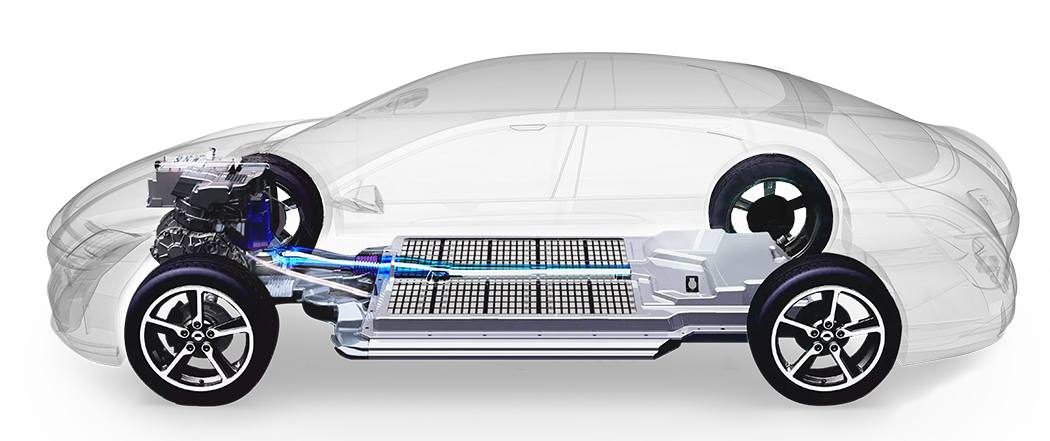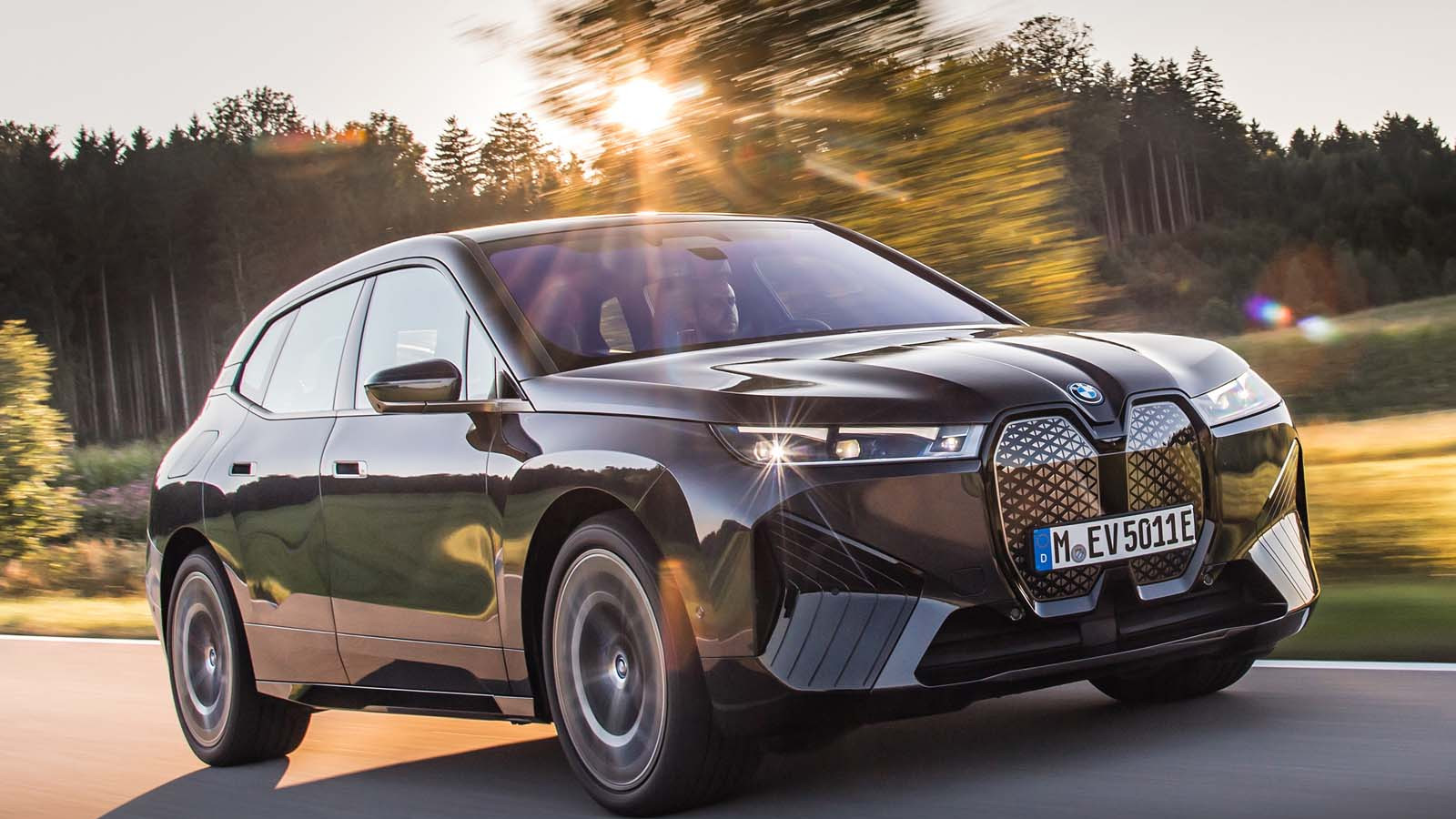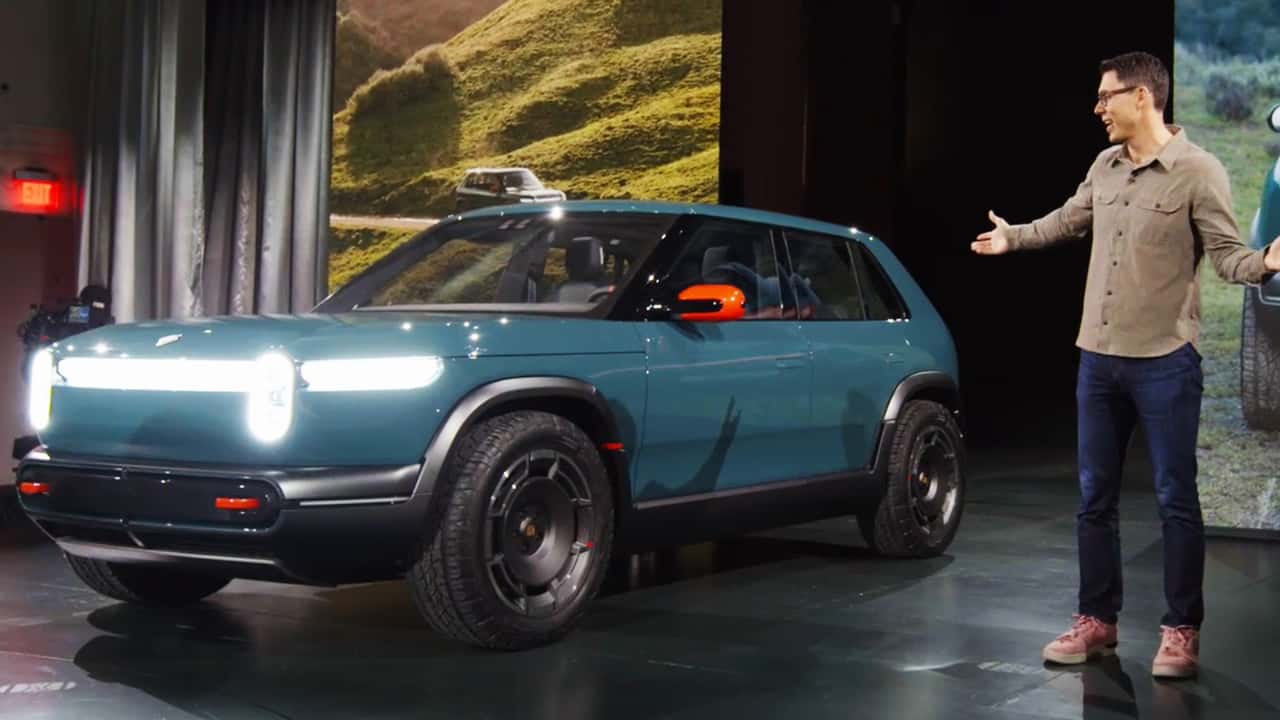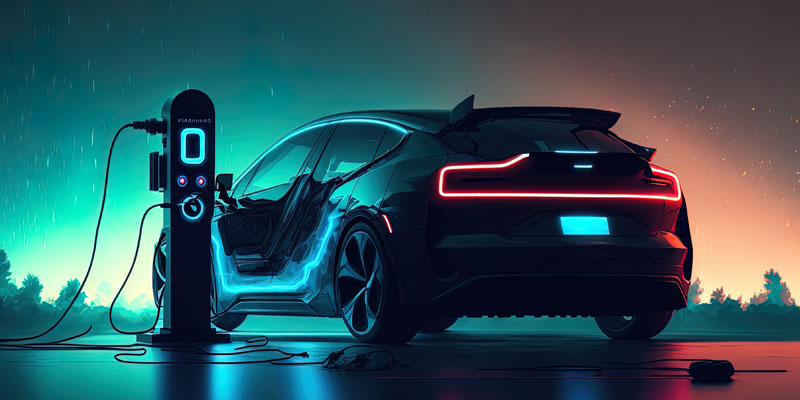The rise of electric vehicles (EVs) represents a fundamental shift in the transportation industry, offering significant environmental, economic, and societal benefits. However, the widespread adoption of EVs hinges on the availability of efficient and accessible charging infrastructure. The process of refueling EVs is vastly different from traditional gasoline-powered cars, and developing a robust charging network presents unique challenges and opportunities. This article explores the critical role of charging infrastructure, examines the obstacles it faces, and highlights the technological and strategic advances shaping the future of electric mobility.
The Importance of Charging Infrastructure
Charging infrastructure serves as the backbone of electric mobility. Without a well-distributed and reliable network of charging stations, even the most advanced and affordable EVs would struggle to gain traction in the mainstream market. Drivers need the assurance that they can charge their EVs conveniently, whether at home, at work, or on PARTAITOGEL long road trips. A robust charging network not only addresses range anxiety but also promotes the seamless integration of EVs into daily life.
For urban commuters, having access to home or workplace charging is essential. In rural and remote areas, public charging stations are critical for ensuring equitable access to electric mobility. On highways, fast-charging stations enable long-distance travel, making EVs a practical choice for road trips. Charging infrastructure is more than just a utility—it is a catalyst for transforming transportation and decarbonizing the global economy.

Challenges in Developing Charging Infrastructure
1. Insufficient Coverage and Accessibility
One of the primary challenges is the uneven distribution of charging stations. Urban areas often have a higher density of charging points, while rural and remote locations remain underserved. This disparity limits the appeal of EVs for drivers who live or travel outside of metropolitan hubs. Addressing this gap requires coordinated efforts from governments, private companies, and utility providers to expand the charging network to all regions.
2. Charging Speed and User Experience
Charging an EV is not as quick as refueling a gasoline car, which can create inconvenience for drivers, particularly during long trips. While fast chargers can replenish a vehicle’s battery in 30 minutes or less, the majority of public chargers are slower Level 2 stations, which can take several hours. Improving charging speeds without compromising battery life or grid stability is a key technological challenge.
3. Grid Capacity and Energy Demand
The increasing number of EVs on the road places additional demand on the electrical grid. High concentrations of EV charging, especially during peak hours, can strain local power systems and require costly upgrades. Integrating renewable energy sources and implementing smart charging strategies are necessary to ensure the grid can accommodate this new demand.
4. Interoperability and Payment Systems
The lack of standardization across charging networks can be frustrating for EV drivers. Different networks often require separate accounts, cards, or apps to access chargers, leading to a fragmented user experience. Creating a unified system with seamless interoperability and transparent pricing is crucial for fostering consumer confidence and convenience.
5. High Installation Costs
Installing and maintaining charging infrastructure is capital-intensive. Fast chargers, in particular, require substantial investment in equipment, grid upgrades, and real estate. For many businesses and municipalities, the upfront costs are a significant barrier to expanding the charging network. Financial incentives, partnerships, and innovative funding models are needed to address this challenge.

Technological Advances in Charging Infrastructure
1. Ultra-Fast Charging
One of the most promising advancements in charging technology is the development of ultra-fast chargers, which can deliver hundreds of miles of range in just 15–30 minutes. These chargers use higher power levels, typically ranging from 150 kW to 350 kW, and are being deployed along highways to support long-distance travel. As battery technology improves, ultra-fast chargers will become even more effective, reducing charging times to a level comparable to traditional refueling.
2. Wireless Charging
Wireless charging eliminates the need for physical cables by using electromagnetic induction to transfer energy from a charging pad to an EV’s battery. This technology is especially appealing for urban areas, where space is limited, and for autonomous vehicles, which can charge without human intervention. While still in the early stages of deployment, wireless charging has the potential to revolutionize the convenience and aesthetics of EV infrastructure.
3. Vehicle-to-Grid (V2G) Technology
Vehicle-to-grid (V2G) technology allows EVs to return electricity to the grid during periods of high demand. This bidirectional energy flow turns EVs into mobile energy storage units, supporting grid stability and optimizing the use of renewable energy. V2G technology not only benefits the energy system but also offers financial incentives for EV owners, who can earn money by selling electricity back to the grid.
4. Smart Charging Systems
Smart charging systems use data analytics and artificial intelligence to optimize charging schedules and minimize grid impact. For example, these systems can prioritize charging during off-peak hours when electricity is cheaper and cleaner. Smart chargers can also coordinate with renewable energy sources, ensuring that EVs are powered by green electricity whenever possible.
5. Solar-Powered Charging Stations
Integrating solar panels with charging stations offers a sustainable way to generate electricity on-site. Solar-powered chargers are particularly useful in areas with high sunlight exposure, reducing reliance on the grid and lowering operational costs. Combined with battery storage, these stations can provide reliable charging even during grid outages or peak demand periods.

Strategic Advances in Charging Network Deployment
1. Public-Private Partnerships
Collaboration between governments and private companies is driving the expansion of charging infrastructure. Many governments are providing subsidies and grants to encourage private investment in charging networks. Partnerships between automakers and charging providers, such as Tesla’s Supercharger network and Electrify America, are also playing a crucial role in scaling up infrastructure.
2. Focus on Urban Development
As cities aim to reduce congestion and emissions, urban areas are becoming a focal point for charging infrastructure development. Governments are mandating the installation of chargers in new residential and commercial buildings, while existing public spaces, such as parking lots and street corners, are being retrofitted with charging stations. These efforts are making EVs more accessible to city dwellers, many of whom lack private garages for home charging.
3. Expansion Along Highways
To support long-distance travel, governments and private companies are prioritizing the deployment of charging stations along major highways. These stations are strategically located at intervals that align with EV ranges, ensuring drivers can travel cross-country without fear of running out of power. Many of these highway stations are equipped with ultra-fast chargers to minimize downtime during trips.
4. Global Standardization
Efforts to establish global standards for charging connectors, protocols, and payment systems are underway to simplify the EV charging experience. The adoption of universal standards, such as the Combined Charging System (CCS) connector, ensures that EVs from different manufacturers can use the same charging stations. Standardization is key to creating a seamless and user-friendly charging network.
The Future of Charging Infrastructure
The future of charging infrastructure is both exciting and essential to the success of electric mobility. As EV adoption grows, the demand for innovative, scalable, and sustainable charging solutions will continue to rise. Advances in technology, such as ultra-fast and wireless charging, combined with strategic deployment efforts, will make charging more convenient and accessible for all drivers. At the same time, integrating renewable energy and smart charging systems will ensure that the transition to electric mobility aligns with broader sustainability goals.
The charging infrastructure of the future will not only support the needs of individual EV owners but also play a vital role in creating resilient, low-carbon energy systems. With coordinated efforts from governments, businesses, and technology providers, the challenges of today can be overcome, paving the way for a cleaner, greener, and more connected world. If you like reading this article then please consider visiting remotehorseridertraining to find more article like this.







